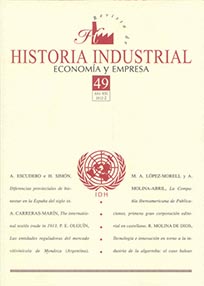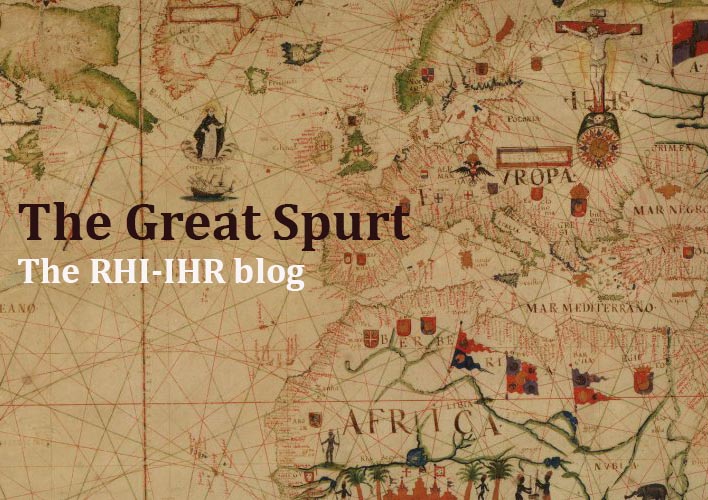Provincial differences in well-being in Spain in 20th century
DOI:
https://doi.org/10.1344/rhi.v21i49.20928Keywords:
Regional Disparities, Well-being, Regional Convergence, Spatial EconometricsAbstract
By using three indicators of the standard of living (income per capita, the Human Development Index and the Physical Quality of Life Index), this article provides new information regarding the evolution of the differences in well-being between the Spanish provinces throughout the 20th century. The results reveal that the disparities were enormous at the beginning of the century, after which a highly significant process of convergence took place, which was comparatively lower in terms of income per person than it was with respect to the HDI or the PQLI. Another noteworthy finding is that, irrespective of the indicator used, the well-being of each province is significantly influenced by that of its neighbours throughout the whole of the period analysed.Downloads
Downloads
Published
How to Cite
Issue
Section
License
The author assigns all rights to the publisher. Creative Commons
The author who publishes in this journal agrees to the following terms:
- The author assigns all intellectual property rights exclusively to the publisher for the entire duration of the applicable intellectual property rights.
- The publisher will distribute the texts under the Creative Commons Attribution License, which allows others to share the work, provided that they acknowledge the authorship, its initial publication in this journal, and the conditions of the license.





